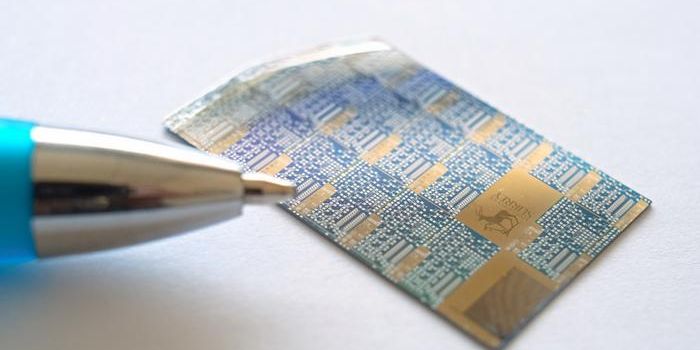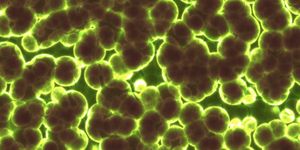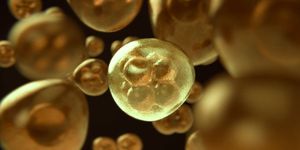New Device Inactivates Bacteria That Cause Ear Infections
Researchers may have developed a device that could offer new therapeutic benefits to ear infection patients. According to a new study published in Biofilms and Microbiomes, a new 3D-printed microplasma jet array device may help increase patient response rate to current ear infection treatments by working in conjunction with antibiotics.
Ear infections (middle ear infections, specifically) are common in the U.S., particularly among children. In fact, nearly three quarters of children in the U.S. experience an ear infection, making the development of effective treatment options a pressing concern. The standard treatment for middle ear infections usually includes antibiotics. However, there is increasing concern about the effectiveness of antibiotics alone for the treatment of this common infection; for those who do not respond to antibiotic treatment (which can be up to 30% of patients), the looming threat of antibiotic resistance creates additional challenges about the best ways to treat ear infections and the longevity of antibiotics alone as a treatment option. In fact, according to the World Health Organization (WHO), antibiotic resistance is one of the most serious challenges to worldwide health.
The device, which was tested on a rat eardrum, showed promising results for the removal of bacteria from the middle ear. The microplasma device uses plasma to target biofilms created by the bacteria pseudomonas aeruginosa. Biofilms are a potential hindrance to effective treatment because they cause bacteria to adhere to nearby tissue and reduce the response rate to antibiotics.
"Biofilms are very dense, making it difficult for the antibiotics to penetrate," said Helen Nguyen (IGOH), an Ivan Racheff Professor in Civil and Environmental Engineering. "Our idea was that if we could disrupt the structure of the biofilm, we could increase the penetration of the antibiotics."
Researchers plan to continue testing this device on other common bacteria causing ear infections. There is also a need to confirm how the plasma-generating device actually affects the ear itself.
Source: Science Daily, Nature








